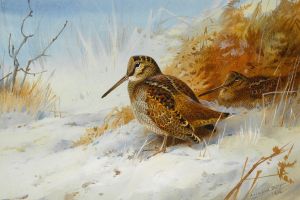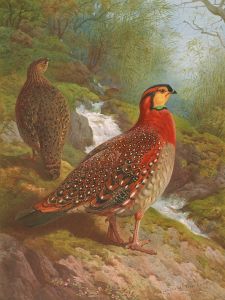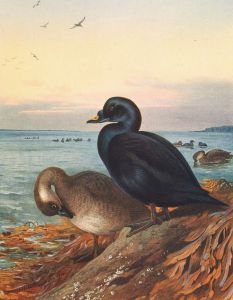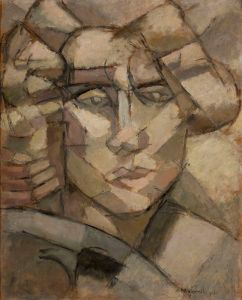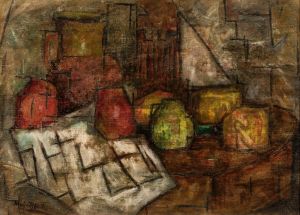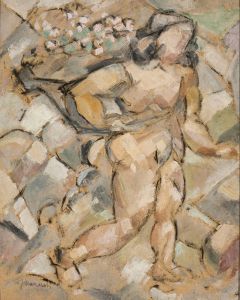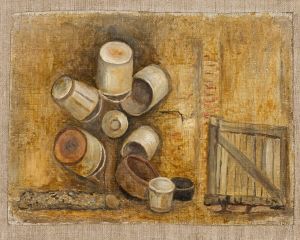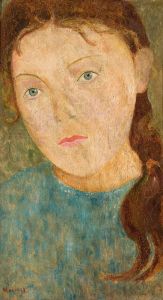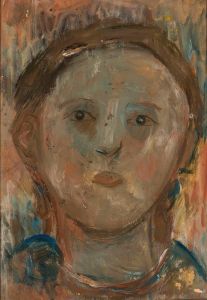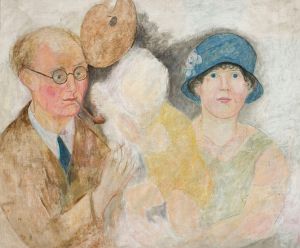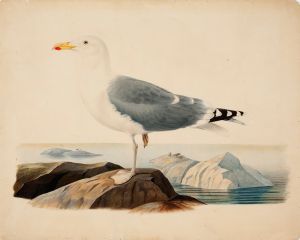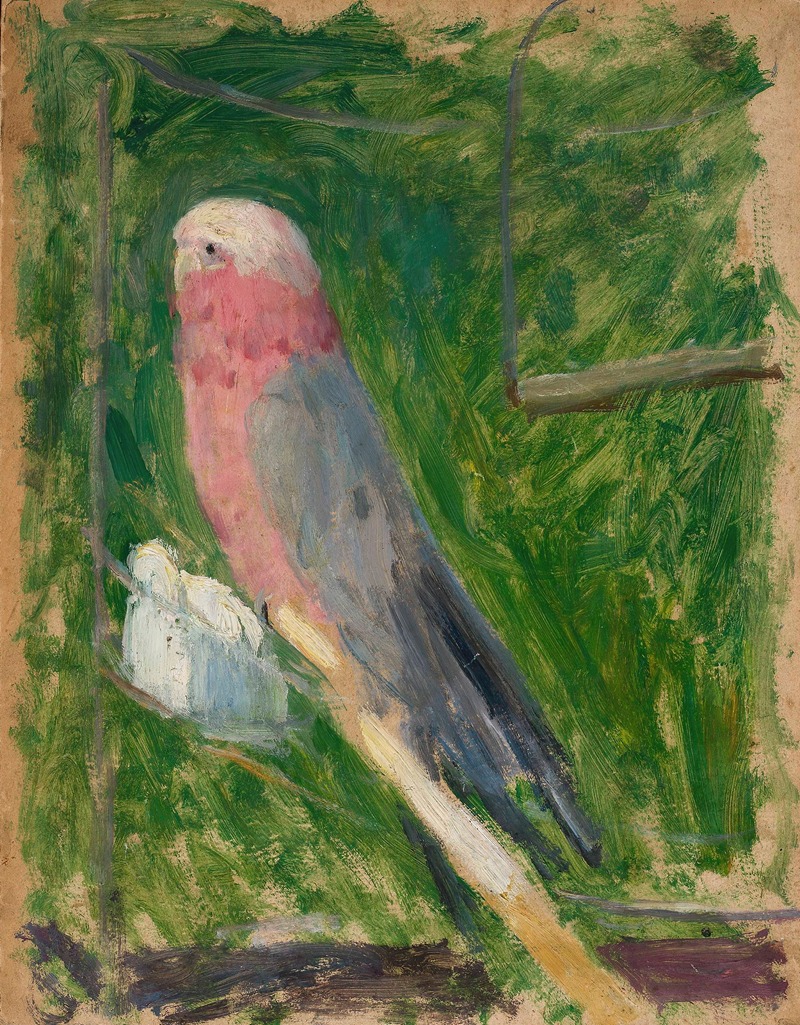
Parrot
A hand-painted replica of Tadeusz Makowski’s masterpiece Parrot, meticulously crafted by professional artists to capture the true essence of the original. Each piece is created with museum-quality canvas and rare mineral pigments, carefully painted by experienced artists with delicate brushstrokes and rich, layered colors to perfectly recreate the texture of the original artwork. Unlike machine-printed reproductions, this hand-painted version brings the painting to life, infused with the artist’s emotions and skill in every stroke. Whether for personal collection or home decoration, it instantly elevates the artistic atmosphere of any space.
Tadeusz Makowski (1882–1932) was a Polish painter associated with the École de Paris, known for his distinctive style that combined elements of modernism, folk art, and symbolism. His works often depicted scenes of everyday life, children, and animals, characterized by a sense of simplicity and poetic charm. Among his notable works is the painting titled Parrot (Papuga in Polish), which reflects Makowski's unique artistic vision.
Parrot is a lesser-known work by Makowski, created during his time in France, where he spent much of his career. The painting showcases his characteristic use of muted colors, geometric forms, and a focus on the subject's essence rather than realistic detail. The titular parrot is rendered with a sense of whimsy and abstraction, emphasizing its form and presence over naturalistic representation. This approach aligns with Makowski's broader artistic philosophy, which sought to capture the emotional and symbolic resonance of his subjects.
Makowski's time in France exposed him to various artistic movements, including Cubism and Post-Impressionism, which influenced his style. However, he maintained a distinct individuality in his work, often drawing inspiration from Polish folk traditions and medieval art. Parrot exemplifies this synthesis of influences, blending modernist techniques with a timeless, almost childlike simplicity.
The exact date of the painting's creation is not definitively documented, but it likely falls within the period when Makowski was most active in the 1920s and early 1930s. During this time, he produced many works featuring animals and children, themes that resonated deeply with his artistic sensibilities. These subjects allowed him to explore ideas of innocence, playfulness, and the connection between humans and nature.
As with many of Makowski's works, Parrot reflects his ability to imbue seemingly simple subjects with depth and meaning. The painting invites viewers to engage with it on multiple levels, appreciating both its aesthetic qualities and the emotions it evokes. Today, Makowski's works, including Parrot, are celebrated for their unique blend of modernist innovation and heartfelt expression, securing his place as one of Poland's most important 20th-century artists.
Further details about the provenance or current location of Parrot are not widely available, as much of Makowski's oeuvre remains scattered across private collections and museums. Nonetheless, the painting continues to be appreciated as a testament to Makowski's artistic legacy.






